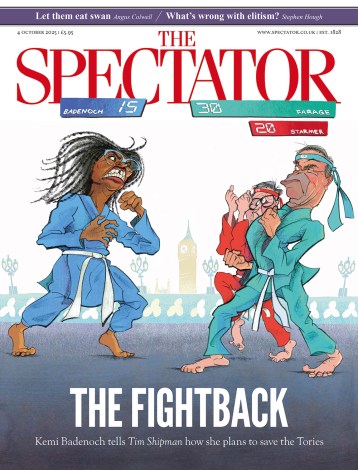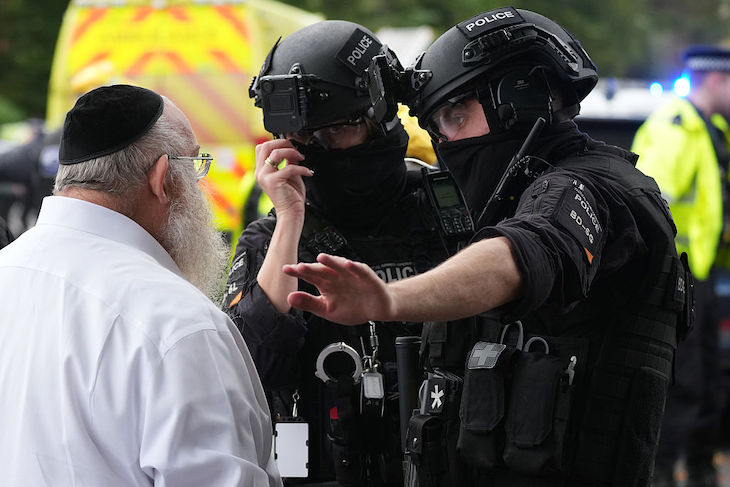We will wage the war in Ukraine for longer and make you pay more for it. That was the message the Kremlin sent its subjects following the Russian government’s presentation of next year’s budget and the accompanying economic outlook. The budget, which reached parliament for rubber-stamping on Monday, outlines the Kremlin’s vision ahead of the war enterring its fifth year next February: the war will continue at the expense of the economy and people’s incomes. Higher taxes are expected to keep the budget deficit at 1.6 per cent of GDP next year.
For three years, rising fiscal spending stimulated both economic growth and climbing incomes. The downside of this amphetamine-fuelled growth was double-digit inflation, which the central bank tackled with prohibitively high interest rates. This yielded results: inflation dropped to 8 per cent in August, allowing the Bank of Russia to cut rates to 17 per cent from 21 per cent. Yet the central bank may have been too successful in cooling the economy. Bar the defence industry, everything is grinding to a halt. The new economic outlook reflects this reality: Russia is entering a period of lethargic growth.
Russia’s 2026 budget is a tidy pact between the generals and the bookkeepers
Under the government’s baseline scenario, growth is expected to cool to 1 per cent this year from 4.3 per cent in 2024. Just in April, the government expected 2.5 per cent growth. Expectations for next year have been slashed to 1.3 per cent from 2.4 per cent, as expected in April. Returning inflation to the 4 per cent target has been postponed, meaning today’s prohibitively high rates will stick for longer. Even this bleak outlook may prove optimistic.
Like many governments, Russia tends towards rose-tinted forecasts – better growth figures translate into higher tax revenues. But the outlook from Moscow has a particular flaw: it presumes no strengthening of sanctions and assumes higher oil prices – $70 (£51.90) per barrel in 2026 compared to today’s $65.50 (£48.60).
The US Energy Information Administration expects Brent to be around $51 (£37.80) per barrel next year; major investment banks forecast it between $52 (£38.60) and $56 (£41.50). If they’re right and the Russian government is wrong, Moscow must weaken the rouble to collect its planned oil revenue – getting more roubles per barrel – which would push up prices and prevent any easing of interest rates.
High rates are the main culprit behind Russia’s economic slowdown. There is nothing surprising here; we warned of this a year ago when Vladimir Putin was boasting about 4 per cent growth. The spectacular performance the country saw in 2023 and 2024 was fuelled by unprecedented fiscal stimuli. Labour shortages led to salary hikes. Exhausted production capacity and import restrictions led to galloping inflation, prompting the Bank of Russia to respond with high interest rates and lending restrictions. The result? Flagging consumption and manufacturing of everything unrelated to the war effort. The defence sector’s share of manufacturing is growing while the rest stagnates.
The state budget can no longer deliver miracles. Public money can’t boost production limited by physical constraints, and increased spending would fuel inflation. Moreover, there are fewer roubles to splash around. Weaker oil prices have also created a revenue shortage. Non-oil revenues have held up, largely due to corporate taxes on past performance. Meanwhile, the value of VAT collected – which reflects consumer demand – is lower in real terms than a year ago.
Yet the government can’t cut spending much. To its credit, it trimmed defence spending, the largest budget item, by 4.2 per cent in nominal terms – from 13.4 trillion roubles (£122 billion) this year to 12.6 trillion (£11.5 billion) in 2026. However, spending on national security and law enforcement has risen by 13 per cent from 3.46 trillion (£3.2 billion) to 3.91 trillion roubles (£3.57 billion). Combined, this represents just a 0.6 per cent cut, leaving defence and security spending at 8 per cent of GDP.
The nominal reduction in defence spending is certainly not evidence that the Kremlin plans to end its war. On the contrary, the war remains a priority. Several factors explain the cut. First, the military industry has invested heavily in increasing production over the past two years; now it needs only to fund serial production and maintenance, as most of its new equipment has already been purchased. Second, the government is shuffling the costs onto local authorities and companies – they fund equipment, cough up soldiers’ subscription bonuses, donate cars and drones, and sometimes even pay for defending their buildings from Ukrainian drone attacks.
The primacy of the military is also apparent from the outlook of Russia’s industrial production: manufacturing is expected to rise several times faster than the economy as a whole. Meanwhile, investment and consumption are expected to stagnate. But as oil prices decline and economic growth loses steam, the government needs money to balance its books. Despite its own promises, it has decided to increase taxes.
From 2026, VAT will rise from 20 per cent to 22 per cent. The revenue threshold above which small businesses must pay VAT will drop from 60 million roubles (£550,000) to 10 million roubles (£91,000) annually – effectively higher taxes for all small businesses. Ten million roubles a year equals 800,000 roubles (£6,800) per month: the revenue of a convenience store or kebab shop. The government is also slashing tax rebates for IT companies, imposing taxes on marketplace sellers of imported goods, and introducing higher taxes on bookies. In short, consumers and small businesses are ultimately bearing the cost of the war. Moscow isn’t trying to hide this, citing defence needs as their justification for what is the second tax hike since the invasion began.
The 2026 budget is a tidy pact between the generals and the bookkeepers. The former received 8 per cent of GDP for defence and security; the latter found the least inflationary way to pay for it. The Russian people are footing the bill, facing further tax hikes.
Obviously, the Kremlin has little fear of being voted out over broken tax promises. It maintains control through the media, the police and the courts. Yet the structure of the Russian economy and politics poses a different threat: slow crumbling. As parliament reads this new budget, one such crisis is developing. Russia, one of the world’s largest oil exporters, is facing a petrol crisis. There are shortages in many regions; prices are at all-time highs. To combat this, the Kremlin has banned petrol exports and reduced taxes on petrol imported from China.
Seasonal shortages have occurred before – the result of a years-old decision that allowed oil companies to sell petrol only within a narrow price band, independent of global prices. At times, when global prices spiked, the government compensated oil companies for lost revenue; however, it is now in dire straits.
A petrol shortage then became possible. Ukrainian drone attacks on refineries made it inevitable. The Kremlin dreads letting retail prices fly, so it restricts exports and encourages imports. This might resolve the problem, but it would reduce the ability of oil companies to invest, resulting in lower future production.
Judging by budget policy, however, the future is not a priority for the Kremlin. It’s collateral for the war spending. After three and a half years of war, the authorities are stabilising war-torn public finances not through economic growth, foreign investment or new markets, but by boosting their revenue collection. The war budget relies on tax increases, and so taxes and levies on businesses and individuals are set to rise for the third consecutive year. To pay for war and political insulation, Russia is mortgaging its future. Like any mortgage holder, it might discover next year the pain of that grace period ending.







Comments